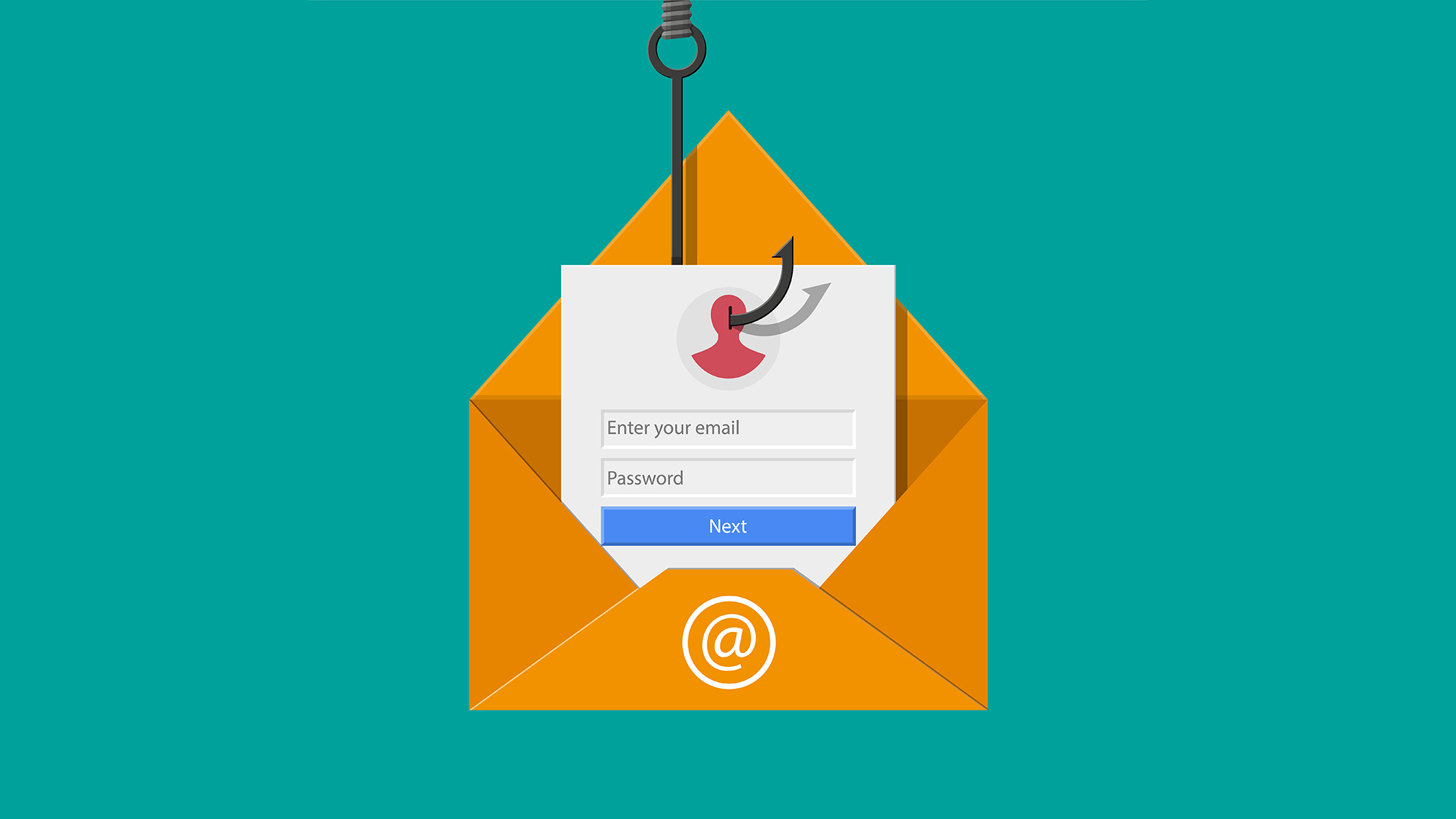RECOGNIZING AND AVOIDING EMAIL SCAMS

Ever get an email that looks like it’s from your bank warning you that it will freeze your checking account unless you verify your personal information? Email provides us a convenient and powerful communications tool. Unfortunately, it also provides scammers and other individuals an easy means for potential victims. These scams present themselves in different ways from old fashioned bait-and-switch operations to phishing schemes using a combination of email and websites to trick victims to giving out their personal information.
Phishing is a cybercrime in which scammers try to lure sensitive information or data from you, disguising themselves as a trustworthy source. Phishing attacks are one of the most common security challenges that both individuals and companies face in keeping their information secure. There are various techniques used by attackers:
-
Embedding a link in an email that redirects you to an unsecure website that requests sensitive information.
-
Installing a Trojan from an email attachment or ad, allowing access to sensitive information.
-
Sender address appears as reputable source and request sensitive information.
Unsolicited commercial email or “spam,” is the starting point for many email scams. Before email, a scammer had to contact each potential victim individually by post, fax, telephone, or through direct contact. These methods required a significant investment in time and money. Email has changed the game for scammers. The convivence of email along with the capability to reach victims in high volume allows scammers to work more efficiently.
In order to protect yourself from these scams, you should understand what they are, what they look like, how they work, and what you can do to avoid them. The following are recommendations that can minimize your chances of falling victim to an email scam:
-
Filter spam
-
Don’t trust unsolicited email.
-
Treat email attachments with caution.
-
Don’t click links in email messages.
-
Install antivirus software and keep it up to date.
-
Install personal firewall and keep it up to date.
-
Configure your email client for security.
As cybercriminals continue to evolve their phishing attacks and other techniques, its best to have advanced security software leading your defense. To ensure you aren’t asking yourself “what is phishing” after an attack has already unfolded, take precautions and use your best judgement when browsing online and responding to messages.